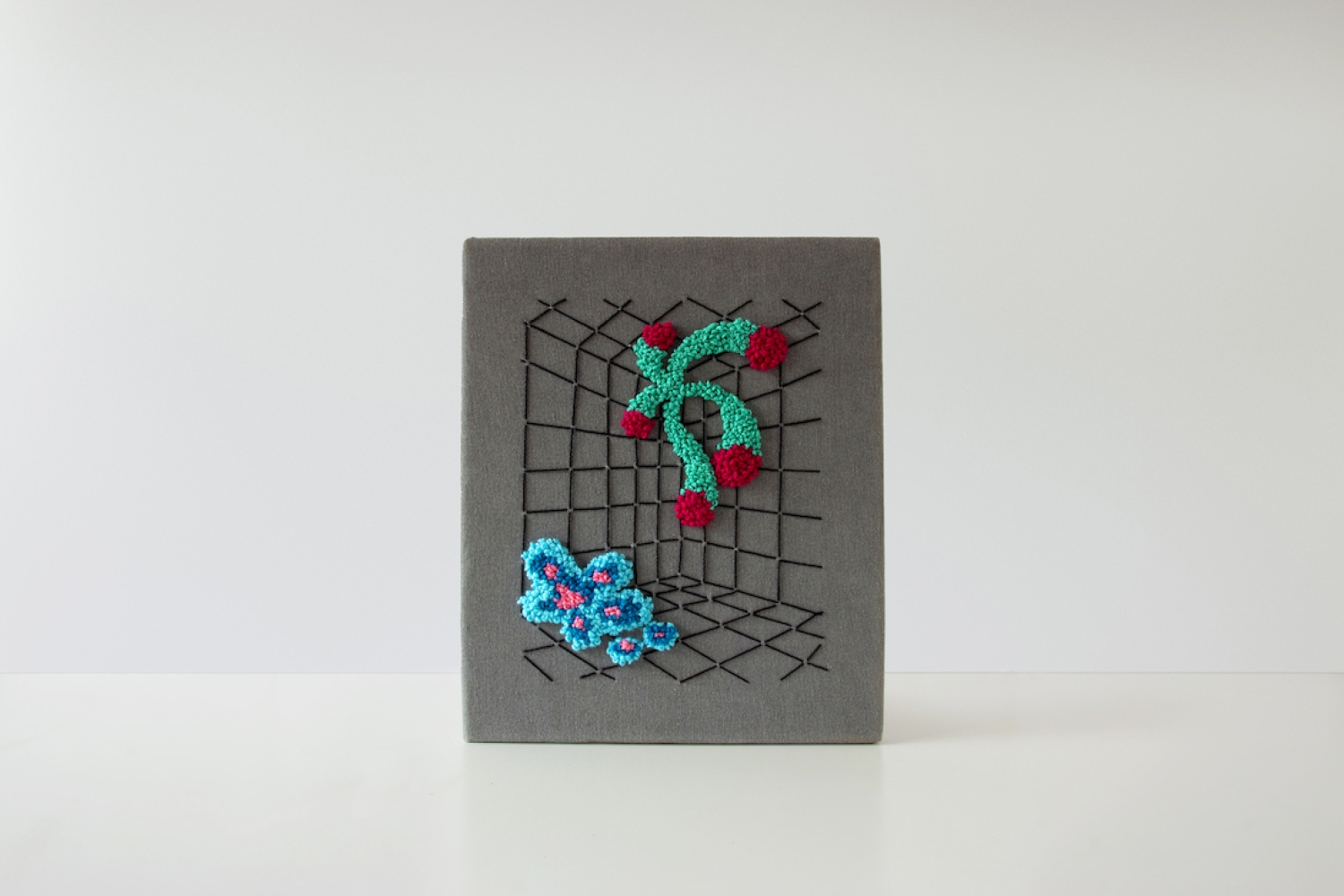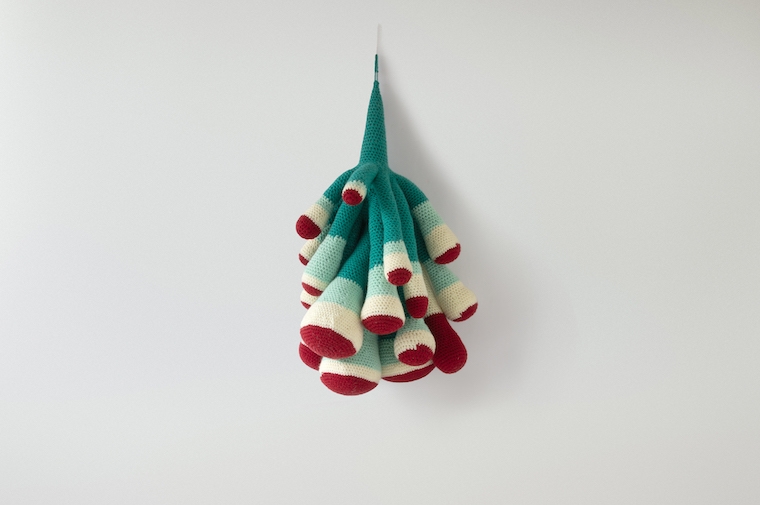
Phase One

Phase One
“The central theme of my work revolves around envisioning better, stranger, and more inclusive futures. I aim to share these visions because I believe that only through imagining a future can we actively work towards creating a better world,” introduces us queer artist liactuallee to their artistry. At Method Bandra, through their ongoing exhibition, titled Soft Invasions, stitch-punk visions, liactuallee explores alternate worlds, leveraging crochet as a medium. “My ultimate aspiration is for viewers to leave the exhibition with a sense of joy, curiosity, and an expanded sense of possibilities. I want them to be inspired to explore their own imaginations and to consider the potential for positive change,” the artist shares of their hope for the exhibition, which will be on view till June 25th.
Below, get to know more about the artist and their exhibition through our conversation with them.
How were you led towards the art of crochet?
My introduction to the world of crochet came during my childhood in Poland, where I was exposed to traditional textile art, as well as punk and feminist influences. Crochet holds a special place in my heart because it evokes a sense of nostalgia for me. The textiles we wear and possess carry with them the essence of time, and memories. While I had experimented with various fiber arts before, something truly clicked for me when I recently picked up crochet as part of my artistic practice. I believe this connection stems from the growth of my visual language during the pandemic. With a more solidified vision, transitioning to a new medium became easier while still allowing me to express my intentions clearly.
Could you give us some insight into the making of your exhibition Soft Invasions, stitch-punk visions?
Crochet, needlepoint, and embroidery have resurfaced in my recent work, enabling my imagined realities to break free from the two-dimensional plane and manifest in three-dimensional forms. In curating the exhibition, I aimed to establish a cohesive narrative. The journey begins with two embroidery works that serve as illustrations, telling the story of a monochrome world into which these creatures arrived. The next phase showcases the Specimen series, consisting of imaginary microscopic samples of these organisms. Finally, the rest of the exhibition portrays the evolution and invasion itself, with soft sculptures taking over the gallery space.
Could you take any one of the pieces that are a part of this exhibition and break it down for us in terms of its inspiration, making, et cetera?
During the ideation stage for a new piece, I often draw upon memories of things I have witnessed, whether in the natural world, such as fungi or lichen, or even artifacts. For example, the piece titled Maligned Protuberance was inspired by my encounter with Louise Bourgeois' Fillette (1968), which has haunted my mind for years. I strive to recreate the sensations that stay with me when I experience wonder and curiosity. Through my own lens and visual language, I interpret the world around me, basing my imagined universe on the earthly wonders I encounter. Once the source material is clear in my mind, I move on to sketching ideas, experimenting with crochet techniques, and creating a colour palette using the available yarn. Sometimes the process from initial sketch to the finished sculpture is immediate and seamless, while other times I find myself reinventing and reimagining during the creation process, striving to remain true to the medium and my artistic voice.

Maligned Protuberance
Could you acquaint us to any influences, artistic or otherwise, that guided your creation of this exhibition’s works?
My artistic lineage draws heavily from feminist and queer art history. I find inspiration in the modernist sculptures of Nikki Saint Phalle, the immersive installations of Yayoi Kusama, and the works of Polish fiber artists like Magdalena Abakanowicz and Olek. However, the most influential figure in my artistic practice is the science fiction writer Octavia E. Butler. Her work has shown me that someone like me can actively engage in the manifestation of futures.
Lastly, what’s next?
In the future, I envision working on larger and more expansive projects, exploring site-specific installations, engaging in collaborations with other artists, and experimenting with the creation of wearable art pieces. Furthermore, I am excited about the prospect of exhibiting my work nationally and internationally, particularly in Poland and across Europe, as a meaningful return to my artistic roots.
You can find more of the artist’s work through www.liactuallee.com and https://themethod.art/collections/liactuallee.
Words Nidhi Verma
Date 19-06-2023